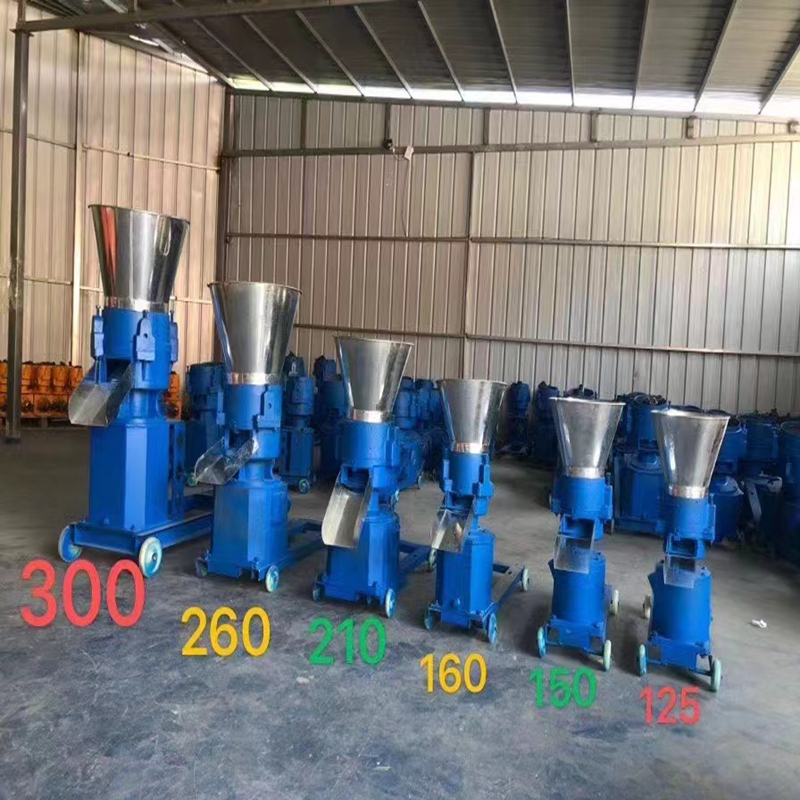greenhouse evaporative cooling pads
Oct . 06, 2024 13:28 Back to list
greenhouse evaporative cooling pads
Understanding Greenhouse Evaporative Cooling Pads
In modern agriculture, maintaining optimal temperatures within a greenhouse is essential for fostering healthy plant growth. One of the most efficient and eco-friendly methods for temperature regulation is the use of evaporative cooling pads. These pads utilize the natural process of evaporation to lower temperatures, making them an integral component of greenhouse design.
What Are Evaporative Cooling Pads?
Evaporative cooling pads are typically made from cellulose or synthetic materials that are designed to absorb water. When air is drawn through these wet pads, the heat from the air causes the water to evaporate. This evaporation process absorbs heat from the air, effectively lowering the temperature of the air that enters the greenhouse. As the cooled air circulates throughout the structure, it creates a more stable and favorable environment for plant growth.
Advantages of Using Cooling Pads
One of the primary benefits of evaporative cooling pads is their energy efficiency. Compared to traditional air-conditioning systems, which can consume significant amounts of electricity, evaporative cooling pads operate using much less energy. They often utilize a simple fan or blower system to draw air through the pads, leading to substantial savings in energy costs.
Moreover, evaporative cooling is an environmentally friendly option. It relies on the basic principle of evaporation and does not involve harmful refrigerants that can negatively impact the environment. By choosing evaporative cooling pads, greenhouse owners can create a temperature management system that aligns with sustainable agricultural practices.
greenhouse evaporative cooling pads

Installation and Maintenance
Installing evaporative cooling pads in a greenhouse is a relatively straightforward process. Typically, these pads are mounted on one side of the greenhouse, while a fan is positioned on the opposite side to draw air through the pads. It’s essential to ensure a proper seal around the edges of the pads to maximize efficiency.
Maintenance is also an important aspect of ensuring the longevity and effectiveness of cooling pads. Regular cleaning is necessary to remove dust and minerals that can build up and clog the pads, which could hinder their performance. Additionally, monitoring the water delivery system is essential to ensure that the pads remain adequately saturated.
Ideal Conditions for Use
Evaporative cooling pads are most effective in dry, hot climates, where the air has a low humidity level. In such conditions, the evaporation process is more efficient, leading to greater cooling effect. However, during seasons with high humidity, the effectiveness of these pads may diminish since the air is already saturated with moisture. Therefore, it's crucial for greenhouse operators to assess their local climate conditions and determine the suitability of evaporative cooling pads for their specific environment.
Conclusion
In conclusion, evaporative cooling pads are a valuable technology for greenhouse management, offering an energy-efficient, eco-friendly solution for temperature regulation. By understanding how these pads work and implementing them effectively, greenhouse owners can create an optimal environment for their plants, ultimately leading to better yields and improved agricultural sustainability. As the demand for sustainable farming practices increases, evaporative cooling pads will likely become a standard feature in greenhouse design and operation.
-
Automatic Feeding Line System-Pan Feeder Nipple Drinker|Anping County Yize Metal Products Co., Ltd.
NewsJul.29,2025
-
Hot Sale 24 & 18 Door Rabbit Cages - Premium Breeding Solutions
NewsJul.25,2025
-
Automatic Feeding Line System Pan Feeder Nipple Drinker - Anping County Yize Metal Products Co., Ltd.
NewsJul.21,2025
-
Automatic Feeding Line System Pan Feeder Nipple Drinker - Anping County Yize Metal Products Co., Ltd.
NewsJul.21,2025
-
Automatic Feeding Line System - Anping Yize | Precision & Nipple
NewsJul.21,2025
-
Automatic Feeding Line System - Anping Yize | Precision & Nipple
NewsJul.21,2025






